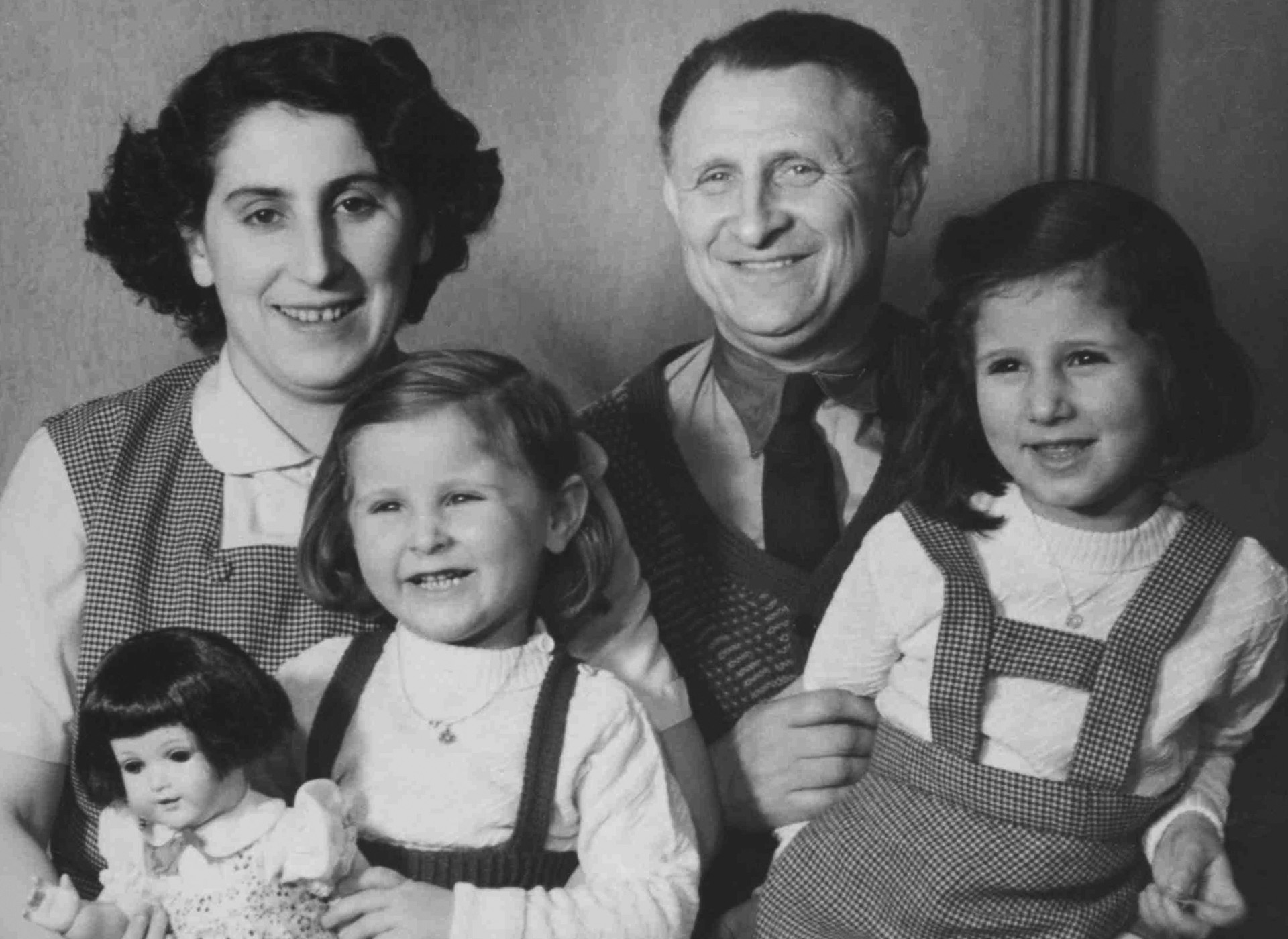
Client
Azrieli Foundation
Agency
Usability Matters
Agency Partners
Jason Charters
Liam Romalis
Project Manager
Shannah Segal
Creative Director
Simon Coyle
UX / UI
Adie Margineanu
Heather Moore
Steven LeMay
Nick Crampton
It is a sad but unavoidable fact that the number of living Holocaust survivors is dwindling ever more quickly. As part of an on-going effort to record and preserve their stories, the Azrieli Foundation collaborated with our team at Usability Matters and independent filmmakers Riddle Films to create an online experience like no other.
Literally, the remit was "give us something that's never been done before", which is a rare thing to hear from a client — and as a designer it's both the most exciting and most terrifying piece of direction you could wish to receive.
The concept — aimed primarily at high school students — was to take the vast body of written memoirs, audio and video interviews, photographs, mementos and other personal artifacts amassed by the Azrieli Foundation over the years, and weave around them the historical and geographic contexts in which they occured.
Introduction to Re:Collection [2016]
Produced by The Azrieli Foundation & Riddle Films
Directed by Jason Charters & Liam Romalis
To say this was a daunting task was an understatement. Not only regarding the sheer volume of material involved, but also conceptually — the problem of tying together so much disparate information into a coherent experience seemed almost insurmountable. And not only a coherent experience, but an open-ended one, which could encourage students to endlessly explore and learn.
But as if often the case, the core of the solution could be found within the problem itself.
History lessons usually start with a time and a place. But in this case, we were starting with the people who had lived through it. We began of think of their lives as webs, with the human being at the centre, and their various stories, their memories, their photographs, all the things that meant something to them during that time, formed the structure of the webs around them.
In this way, time and place were no longer merely context, but formed the connective tissue between all these lives and fragments of lives. A person would lead to a story, the story would lead to a photograph, the photograph would lead to a particular year, that year would lead to a document, that document would lead to a story, that story would lead to another person, and so on.
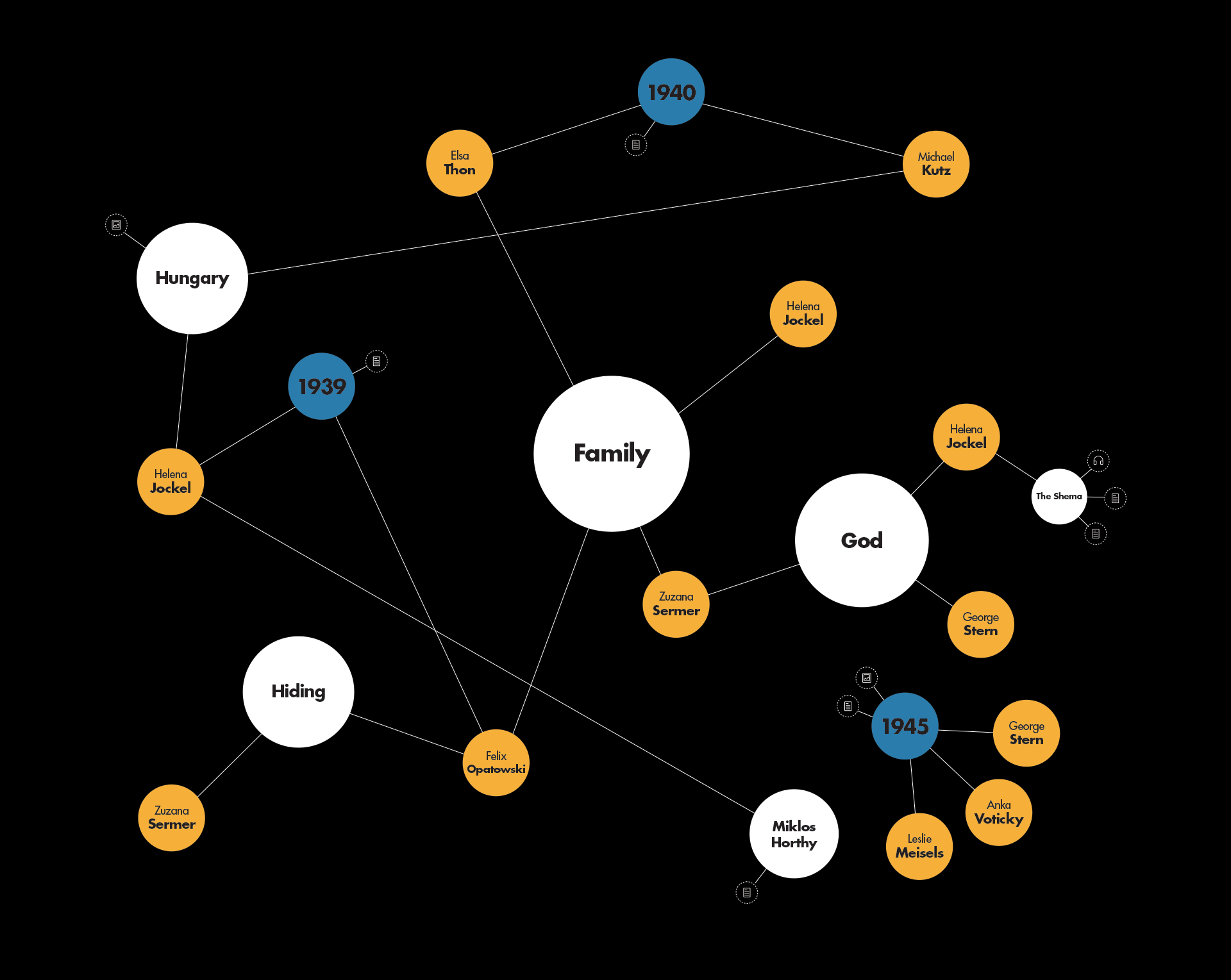
And beyond the structure of the platform itself, there was also the whole visual design aesthetic to consider.
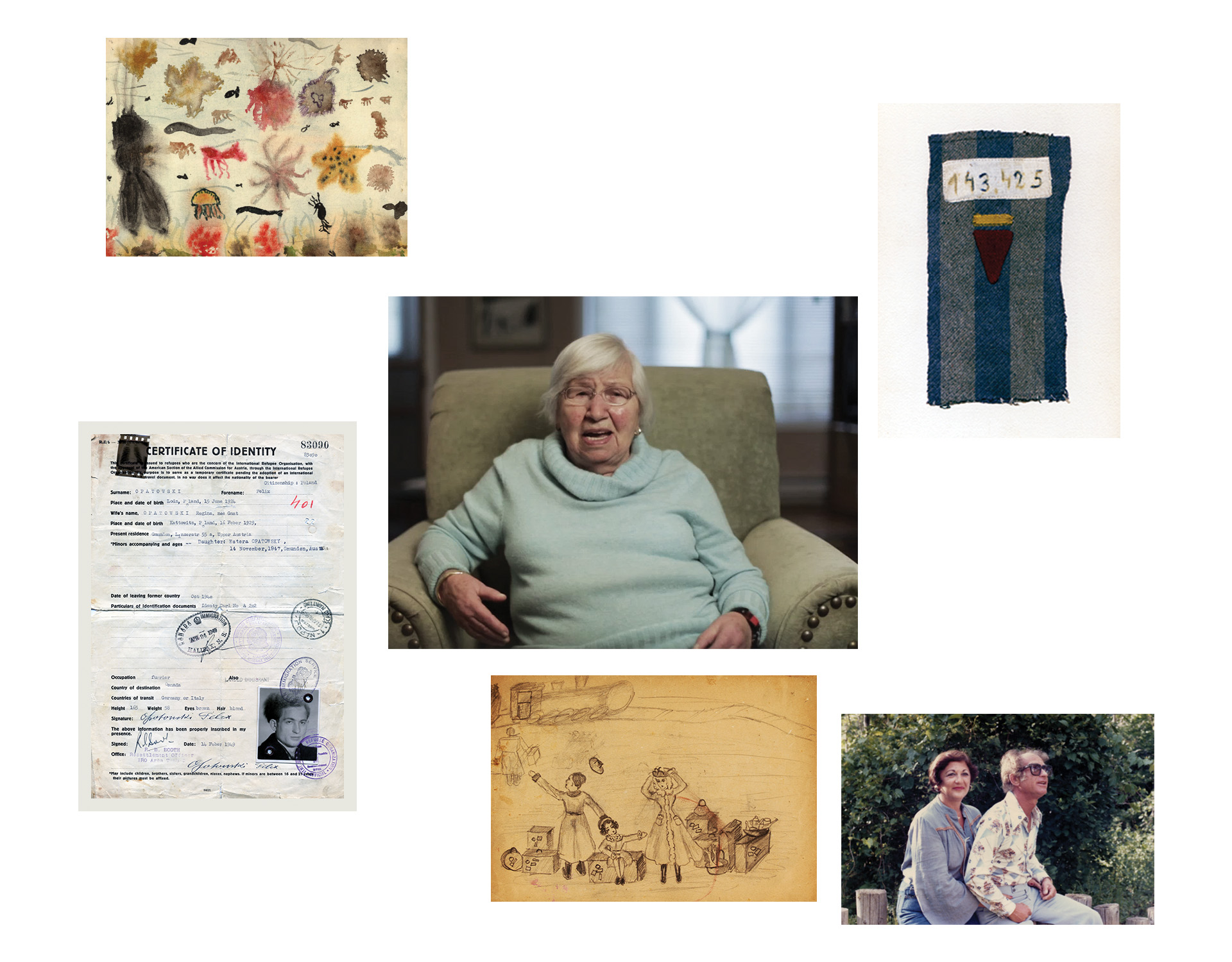
Given the reality and the immediacy of the hundreds of artifacts we were fortunate enough to have access to, I was adamant that I wanted to avoid the typical tropes of historical media — there would be no filters to make the photos and videos we had look older, no tacky sepia toning. It was important to present these people and these stories as they were and as they are. To do otherwise felt too close to manipulation to me, and (I hoped) the upside would be a body of material that was a true representation of the time, rather than a facsimile of a documentary.
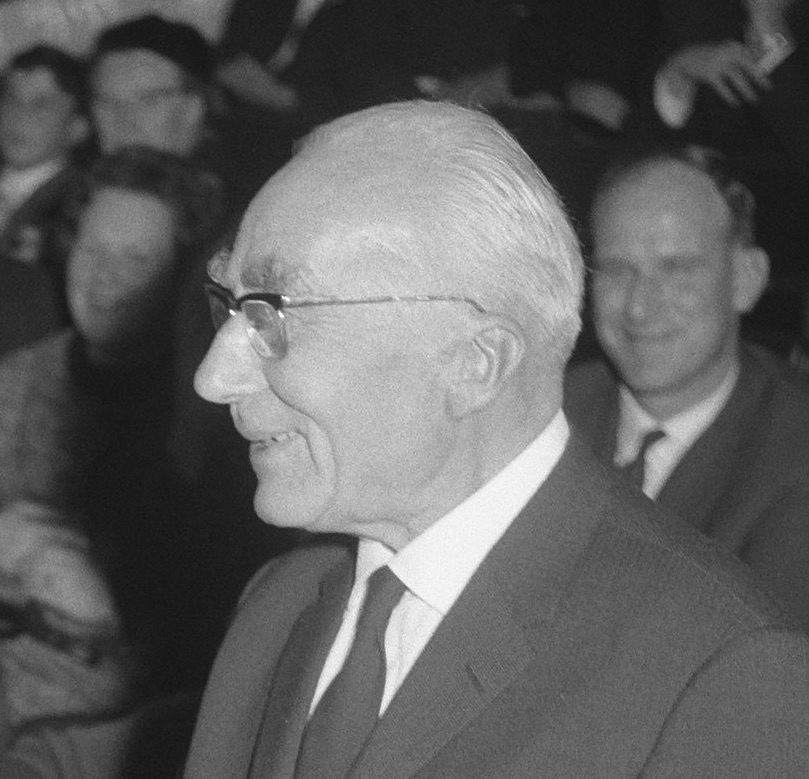
Similarly, I did not want a logo that felt "historical", rather I wanted it to feel contemporaneous with the time period covered by Re:Collection.
To that end, we took a great deal of inspiration from the work of Piet Zwart (pictured above), a Dutch photographer and graphic designer who was arrested by the German occupying forces and held prisoner in an internment camp from 1942 to 1945.
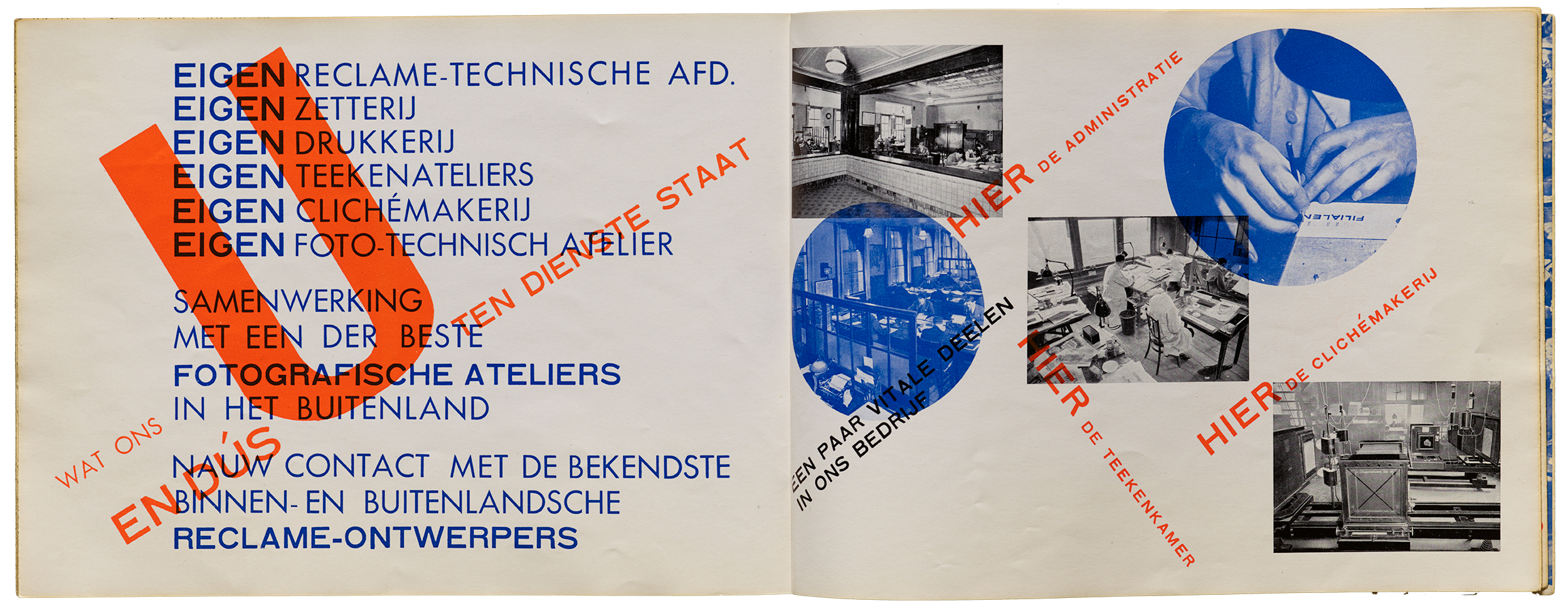
Brochure for Nijgh and van Ditmar [1931]
Piet Zwart
From the collection at the Letterform Archive
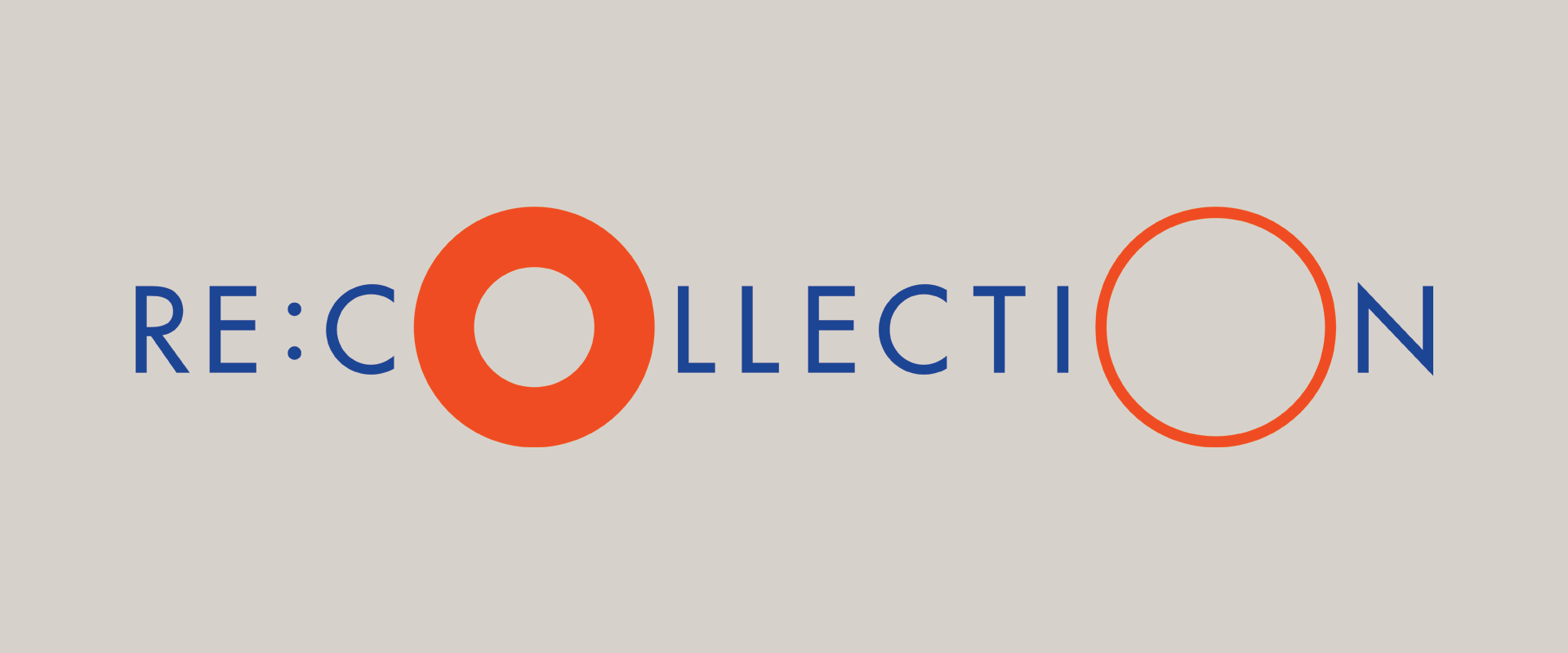
Describing it now, it all seems so simple, but at the time these answers did not come easy. Every time we thought we'd cracked it, there would be some wrinkle we'd forgotten about that broke the system or otherwise threw things into disarray. It felt like being given all the pieces of a watch mechanism with no instructions on how to put it all together. We knew the answer was within our grasp if only we could figure out how all the pieces fit together and how they were meant to influence each other.
Learn How to Use Re:Collection
The Azrieli Series Short Films
And in the end, we did it. We created an online experience that has no precedent — nothing similar at all to which it could be compared — and which I am proud to say went on to win 2 Gold Communicator Awards in the education and non-profit categories.




